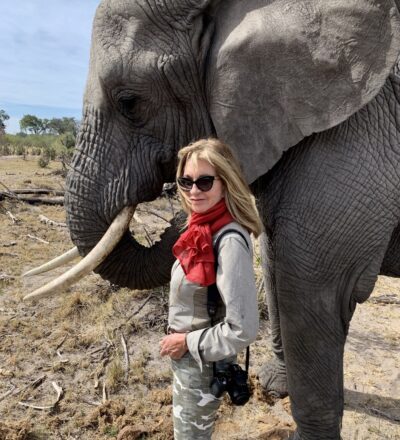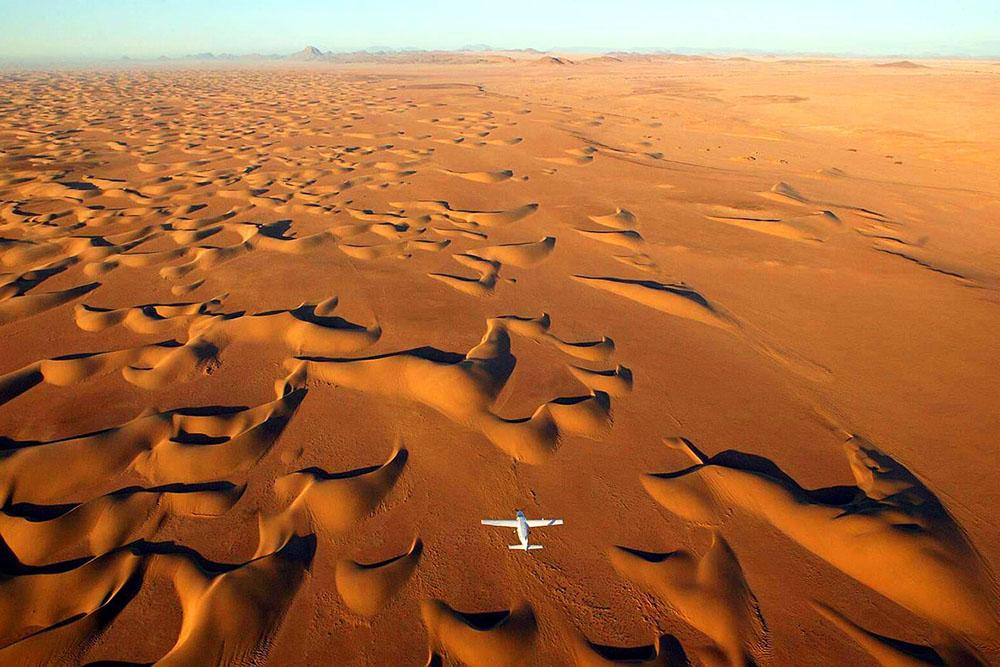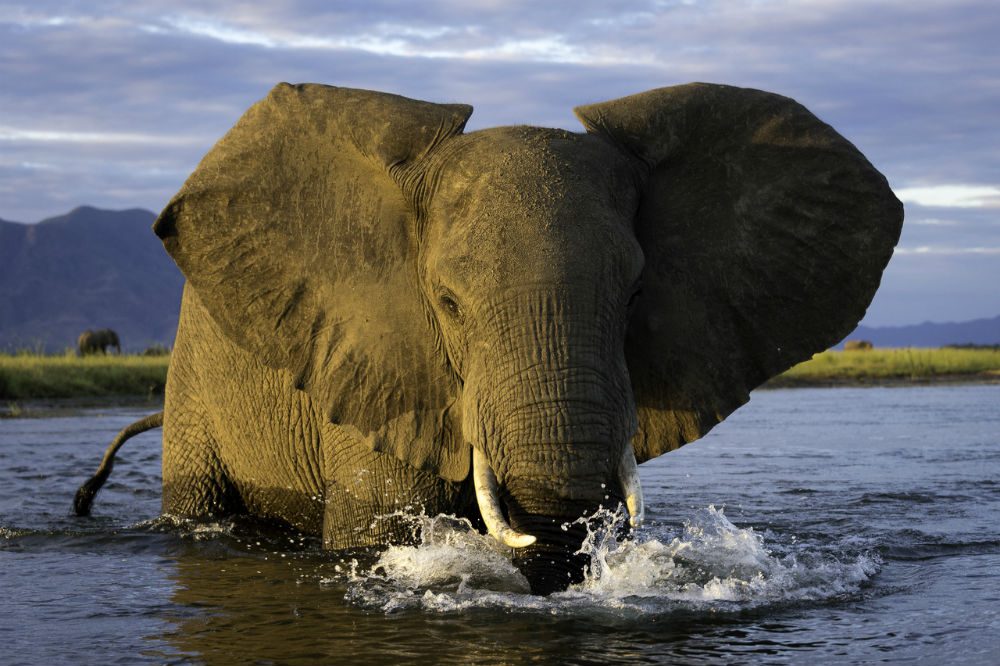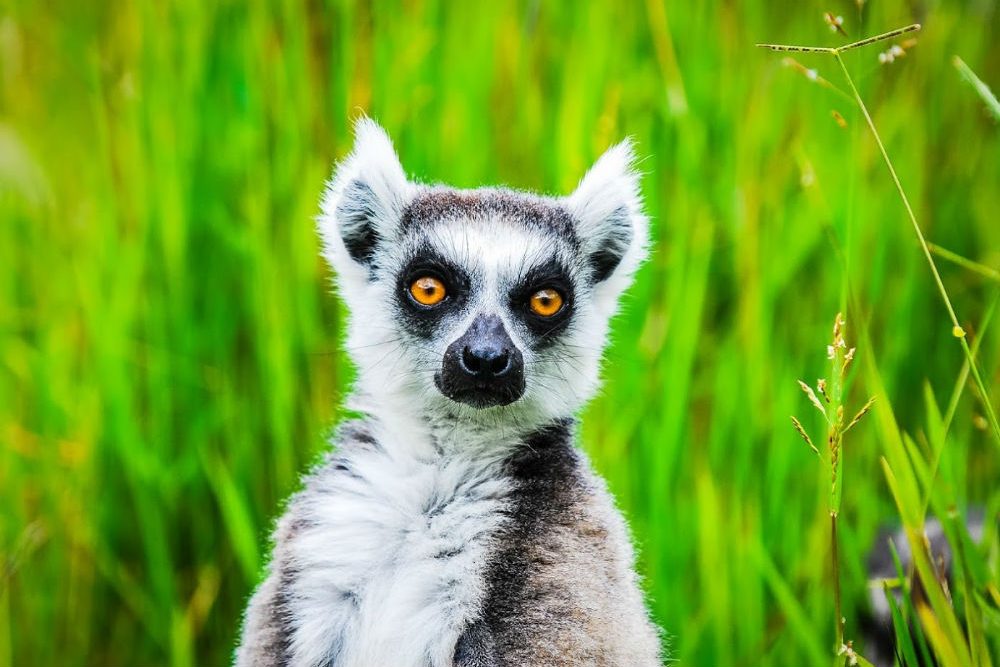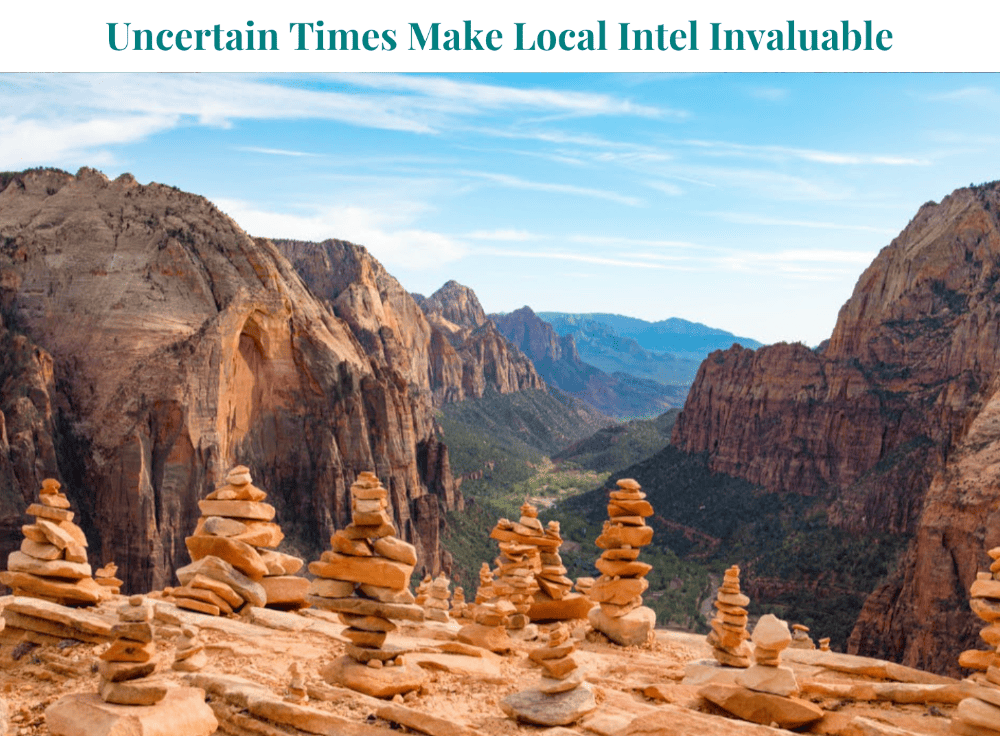Zambia: Insider’s Guide to the Best Safaris
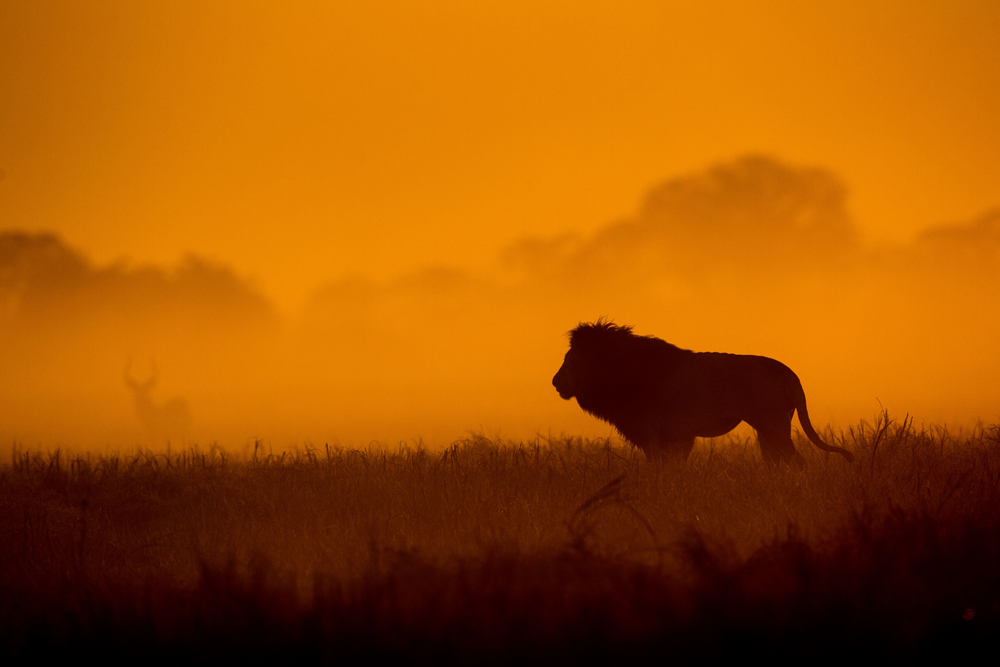 A lion in the Busanga Plains, Zambia. Photo: Will Burrard-Lucas (www.burrard- lucas.com)
A lion in the Busanga Plains, Zambia. Photo: Will Burrard-Lucas (www.burrard- lucas.com)
The insider advice on this page is from one of Wendy’s Trusted Travel Experts for southern Africa: Cherri Briggs of Explore Africa.
Cherri—who splits her time between homes in Zambia and Colorado—has spent the past 25 years combing the African continent to create unique travel experiences: canoeing the Zambezi; galloping on horseback with zebra and giraffe across the Okavango Delta; scuba diving off Mozambique; and exploring the remote corners of Ethiopia, Gabon, Madagascar, Cameroon, and the Congo Basin. She and her trusted deputy, Katie McDonough, ensure that clients—both private travelers and groups—enjoy excellent value and a smart selection of lodges and camps in Southern and East Africa. Cherri serves on the boards of several African conservation organizations, and she selects lodges that support local communities and invest in conservation. In 2013 she was appointed Honorary Consul to the USA by the Zambian government, and in 2014 she became the first non-citizen appointed to the Botswana Tourism Organization.
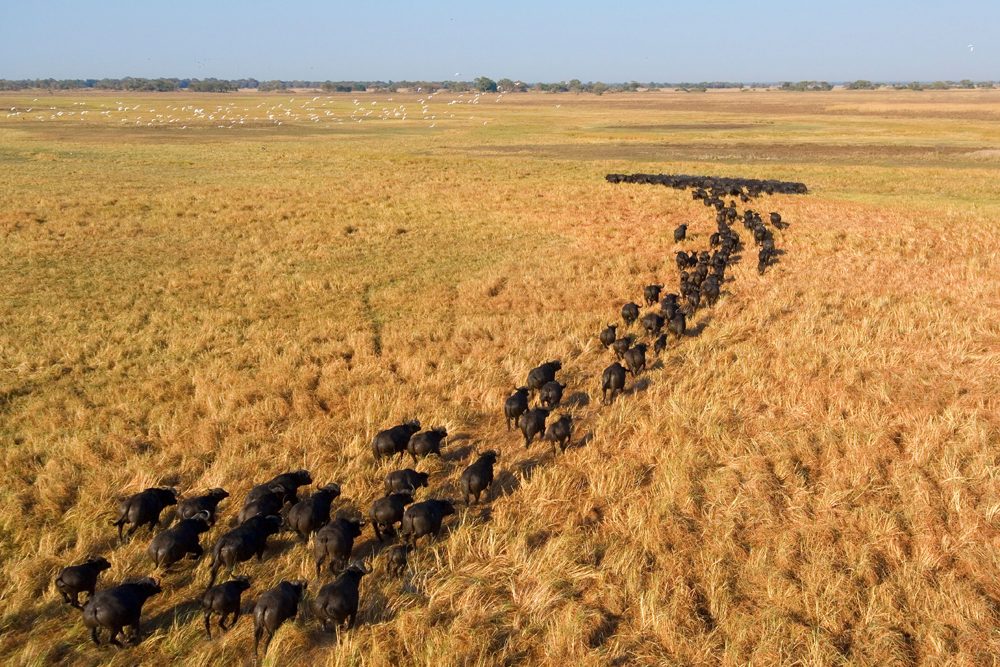
Buffalo crossing the Busanga Plains, Zambia. Photo: Dana Allen
Camps, Lodges, and Meals
Best-value safari camps and lodges
In the heart of the immense Kafue National Park—one of the wildest places on earth—Fig Tree Bush Camp and Busanga Plains Camp offer a no-frills version of the classic African safari. These tiny, remote camps have just four tents each. Busanga Plains is a photographer’s paradise, with frequent visits from buffalo, antelope, puku, lechwe, sitatunga (rare web-footed antelope), sable, lion, cheetah, caracal, and serval. Several antelope species that are not found elsewhere frequent the plains. Here you experience the “real Africa” of days gone by, at a more reasonable price than elsewhere.
South Luangwa is another great spot for game viewing, and Mfuwe Lodge sits in its bustling epicenter. It can be a bit busy but has fantastic wildlife, from its large leopard and lion populations to massive herds of buffalo and a huge variety of birds.
Lodges and camps worth the splurge
More pricy—with higher levels of comfort and attention to food and wine—is Kafue National Park’s Shumba Camp, as well as Chisa Busanga Camp, a wonderfully creative architectural riff on the weaver bird’s nest. The four beautiful “nests” offer great views over the plains, with sunken bathtubs big enough to swim laps.
Cherri loves to combine the Lower Zambezi National Park with any of Zambia’s other parks for dramatic contrast, as you go from dusty game drives and rough roads in search of big cats, to viewing elephants and hippos from your private boat after a day of game viewing and tiger fishing. One favorite is Chiawa Camp, owned and run by one of the original founding families of safari in Zambia and one of the few places that still offers traditional tented lodging, but with contemporary amenities. Just for WendyPerrin.com travelers, Cherri can also organize a free fourth night in Chiawa’s newest bedroom, an open-air, luxuriously appointed treehouse perched on the Zambezi River. From under your massive mosquito net you will spend a very special night watching Scorpio, the Southern Cross, and an infinite number of stars cross the sky, with the sounds of lion and hyena far below in the background. (Don’t worry, it’s perfectly safe: You will be accompanied by a guard stationed nearby.) This safari sleep-out experience is a life-changer.
The Lower Zambezi is not only Zambia’s crown jewel for uncrowded game viewing and spectacular scenery, but offers several great lodges, all very different. The more opulent Zambezi Grande and contemporary Lolebezi offer 5-star luxury and gourmet dining. (They also have air conditioning, which is a massive asset during Zambia’s hot season!)
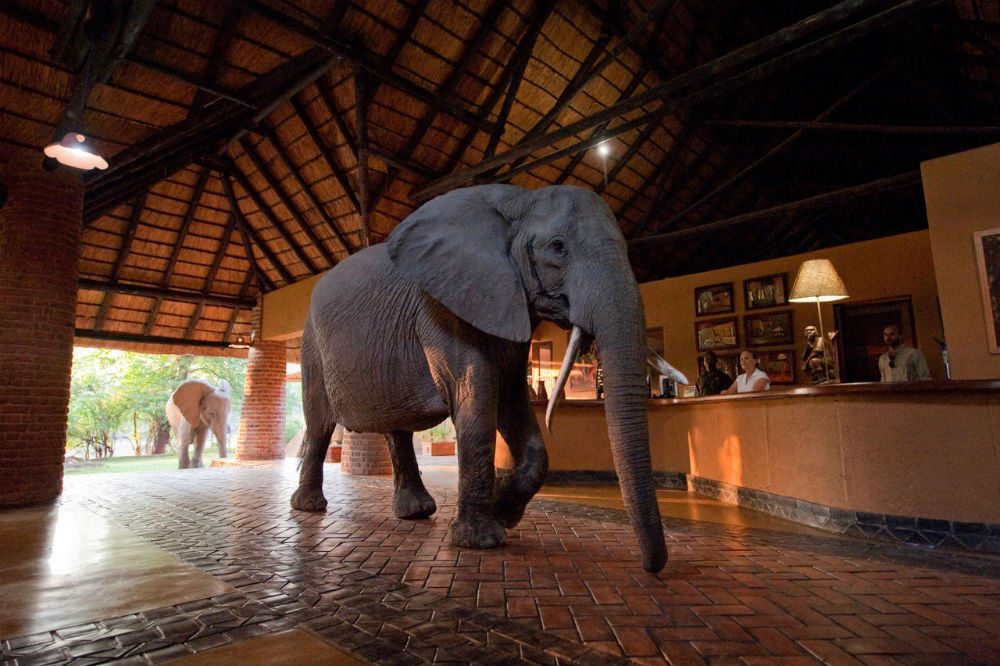
An elephant wanders through the lobby at Mfuwe Lodge, Zambia. Photo: Mfuwe Lodge
Best lodge for families
Mfuwe Lodge in the South Luangwa National Park has a huge pool with great game viewing from the massive deck. Its lively family scene draws both international visitors and a loyal local clientele. The guides have loads of experience entertaining kids and know how to keep game drives fun.
Royal Zambezi Lodge, adjacent to the Lower Zambezi National Park, has great deals for families and offers day trips to nearby villages where you can see some of Cherri’s “Direct Impact Africa” projects in action. Staff and activities are fun and highly interactive. Natalie and Ewan have run the lodge for many years and make it feel like your home in the bush.
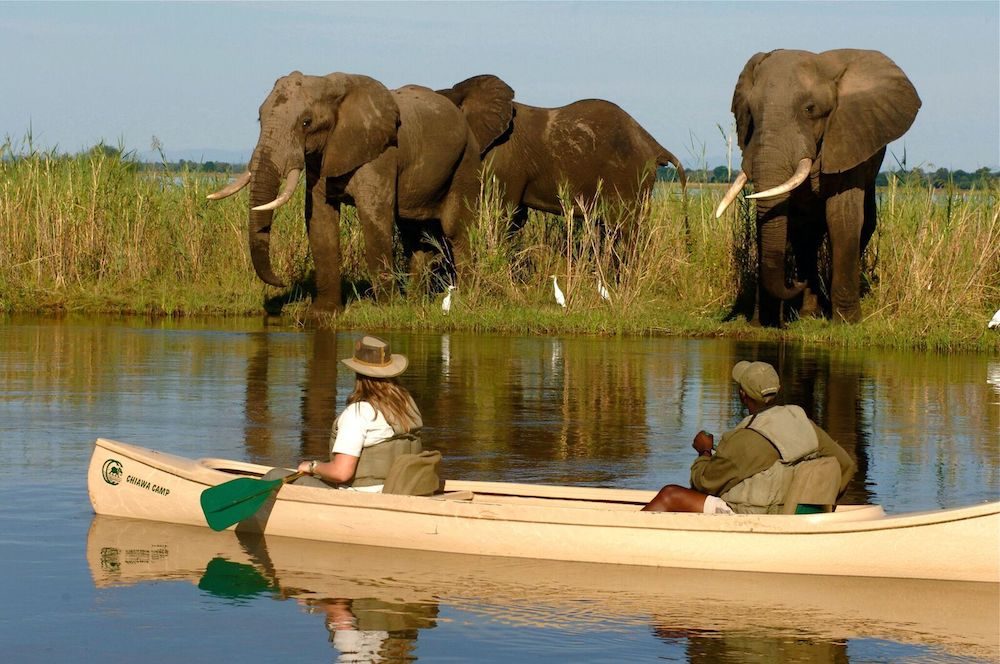
Visitors can either canoe or go whitewater rafting on Zambia’s Zambezi River . Photo: Explore
Dish to try
Nshima, the African take on polenta, is the local staple served with sautéed spinach, onion, tomato, and spices. Try the dried and crushed baobab-seed garnish.
What to See and Do
Don’t miss
A night in Lusaka is a great way to experience the urban side of Africa. End your safari with a stay at the contemporary Latitude Hotel and visit wonderful contemporary African art galleries and vibrant local markets—contribute to the local economy and buy your Christmas gifts at a good price.
It’s a must to spend a day in Livingstone after visiting the magnificent Victoria Falls, one of the seven Natural Wonders of the World. Here you can walk with government game scouts to see Zambia’s last protected rhino, or visit the last of the domesticated elephants which you feed lunch to and interact with. Thorntree Lodge is Cherri’s favorite place to stay near all the activities.
Don’t bother
Please don’t even think about walking with habituated lions. Though it can make for a dramatic photo, this activity is ultimately a huge conservation no-no. Where do hundreds of lions raised to have no fear of humans go after they are too old and dangerous to pose for a picture? Operators claim that they’re released into the wild—which is impossible given their degree of habituation; most wind up in South African canned hunting operations.
Best for thrill-seekers
Whitewater rafting on the Zambezi from Livingstone: Grade 5 rapids at every turn give even the most experienced rafter or kayaker a thrill a minute, with lots of unplanned swimming sessions! This is a serious, high-adrenaline pursuit and comes with a fair amount of risk.
Canoeing: Thought of in northern climes as a relatively serene sport with few challenges, canoeing takes on a different twist in Zambia. The hippos are abundant and the crocs huge!
Micro-lighting: It’s safe (neither of the two operators in Livingstone has had an accident in over 15 years) and an even more thrilling way of viewing the Falls than via helicopter.
Bragging rights
Visit one of Cherri’s “Direct Impact Africa” projects in the Lower Zambezi/Chiawa area to learn about real village life. Finding meaningful, authentic opportunities to interact and share with local people is rare; this is the real thing. Visits are tailored entirely to your interests: For a pediatrician wanting to work with local midwives, Cherri brought nine midwives to a clinic where the pediatrician spent two days teaching advanced techniques for dealing with complicated births. On another trip, an architect and his family helped one of DIA’s community projects rebuild their chicken coop. Cherri tailors each experience to make it relevant and meaningful, as Wendy did with her own boys in Zambia.
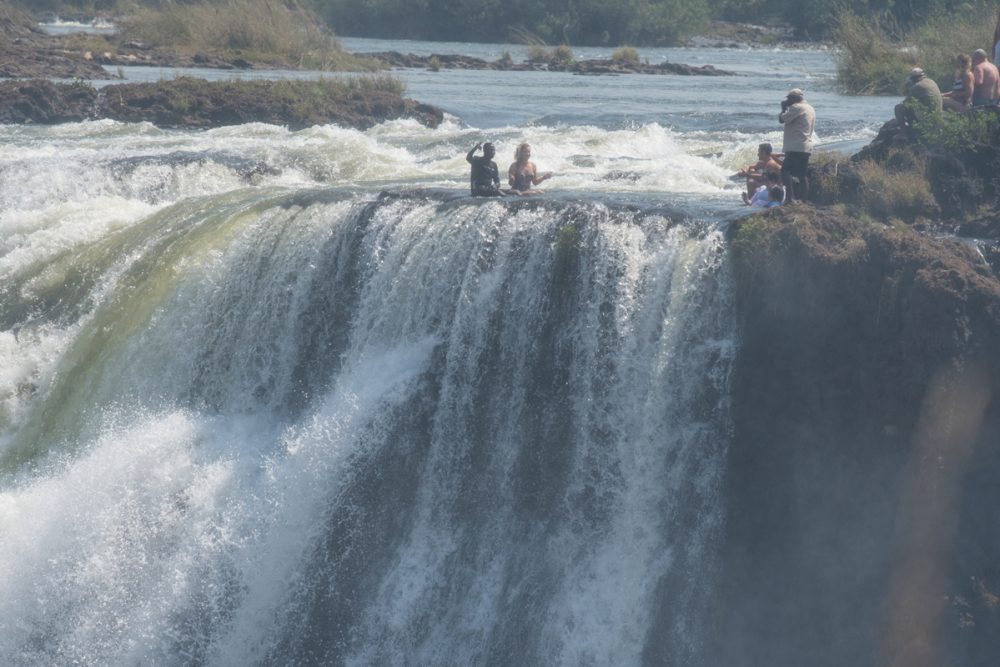
In dry season you can access Devil’s Pool without being swept to your death.
Prime picnic spot
There’s no more dramatic setting for a picnic than Livingstone Island, perched at the edge of Victoria Falls. You can even take a plunge into a pool at the very edge of the falls when the water is low (from late September through October).
Best spot for a sundowner
As David Livingstone wrote in his journal, “At 6 o’clock the sundowner ritual begins and friends visit each other for a drink, to gossip and exchange news.” The tradition lives on to this day, with a seemingly infinite variety of great sundowner spots throughout Zambia.
A favorite of Cherri’s is a small white-sand island in the middle of the Lower Zambezi River, not far downstream from her own Zambian home. You can stay at the luxurious Zambezi Grande and boat to cocktails and appetizers in the middle of the great Zambezi. Sip a crisp Sav Blanc or enjoy the African classic, a gin and tonic. (Try the Cape Town gin infused with cape herbs.) Watch the sunset while a parade of elephants crosses the Zambezi and hippos grunt contentedly in the background. If you like, Cherri can arrange for Josh Isaacs, sommelier/chef/camp manager/master of all things Zambian, to create a special meal of Zambezi bream, impala fillet, and panna cotta with wild fig sauce to be served on the island.
Best Times to Go
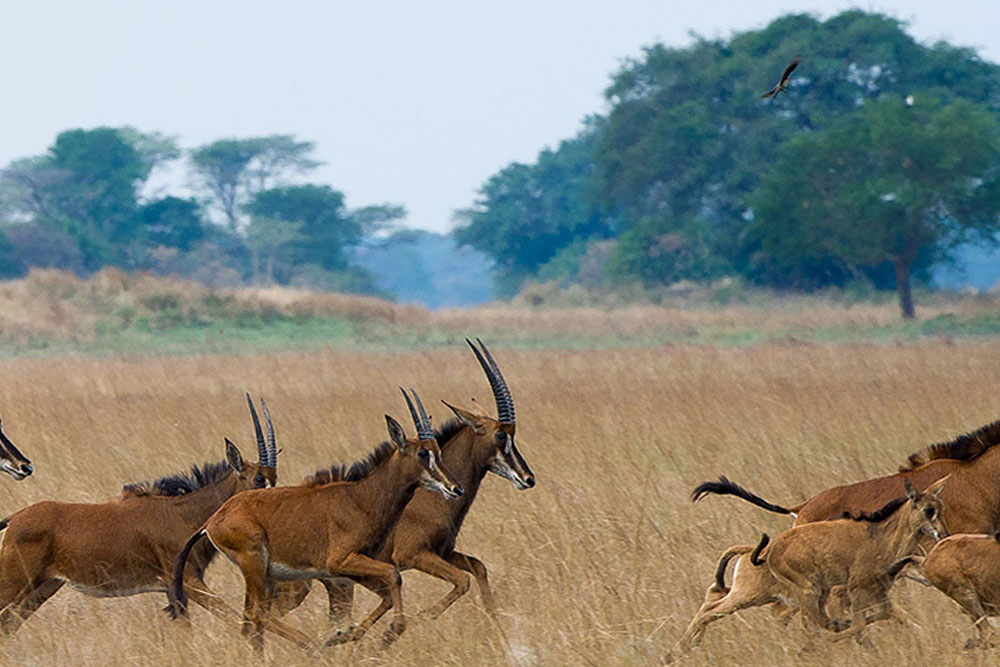
Mid-April through June, when the rainy season has ended and the country is lush and the temperature pleasant. Note that wildlife viewing during this time is good but not as intense as later in the season, when it is very dry.
August and September are not as beautiful, because the leaves have fallen and the landscape is somewhat barren. The upside is that the wildlife concentrate in larger groups at the water holes and streams, so game viewing is at its best.
Worst Times to Go
October through mid-April. October is boiling hot, and most good lodges close from early November into April due to rain and mosquitoes.
July is very cold, particularly on the Zambezi and in the water by Victoria Falls.
Biggest Rookie Mistake
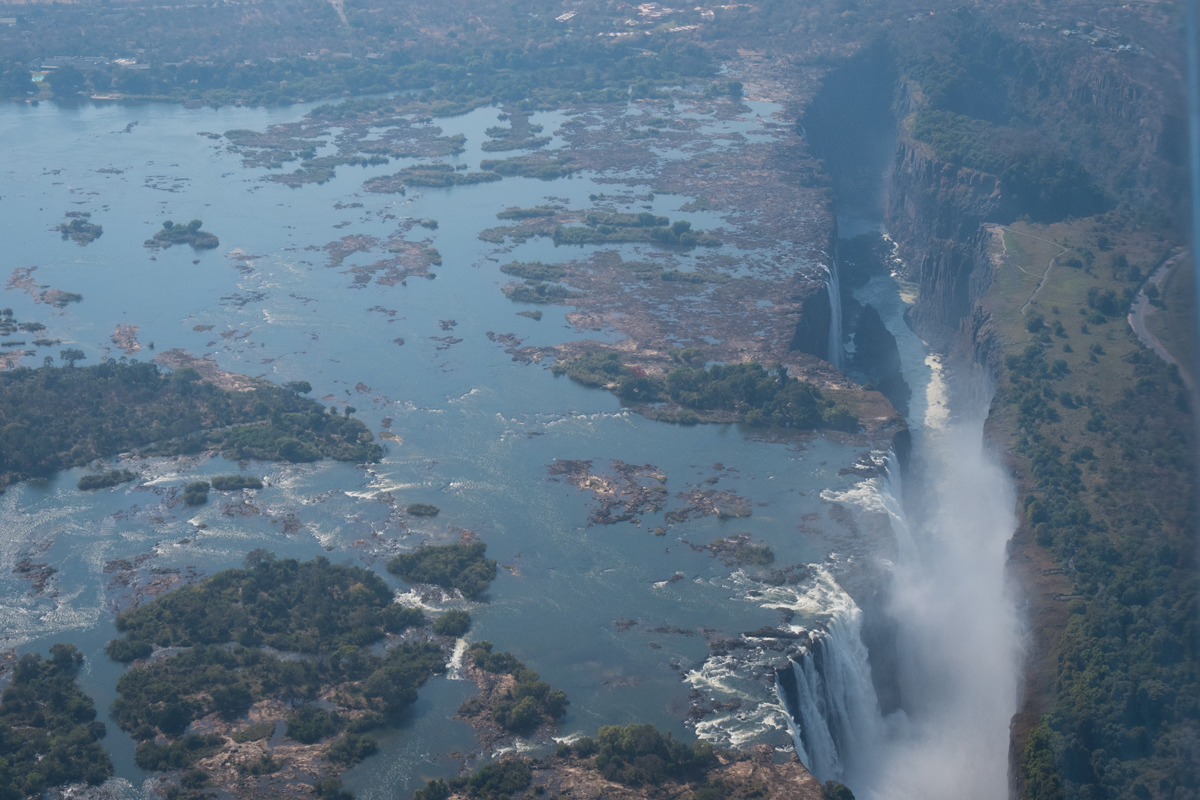
Seeing Victoria Falls only from the Zambian side. About three-quarters of the falls are on the Zimbabwe side, so you must cross over the Zambezi River in Livingstone to the Zimbabwe side to fully appreciate their spectacle. (By late September there is almost no water going over the falls on the Zambian side.) And don’t bother renting an umbrella at the entry gate to the falls: The water comes at you from all sides, so you’ll get soaked no matter what.
Instagram Moment
Sunset from a boat or canoe on the Lower Zambezi River, where you’re likely to see elephants drinking or even swimming across the river in the orange glow of dusk.
The Souvenir
Chitenges, the brilliantly colored printed fabric that villagers wear sarong-style. Mix and match for your summer picnic table. Find them for about $10 each at Tribal Textiles in Luangwa, which works with local communities and also sells beautiful table and bed covers that last forever.
Must-Have Apps
Sasol eBirds of Southern Africa has more than 600 birds and bird calls and makes bird spotting instantly entertaining even for a novice.
Arm your iPhone with Night Sky to identify all the new constellations you’ll see sparkling in the Southern Hemisphere sky.
Airport Intel
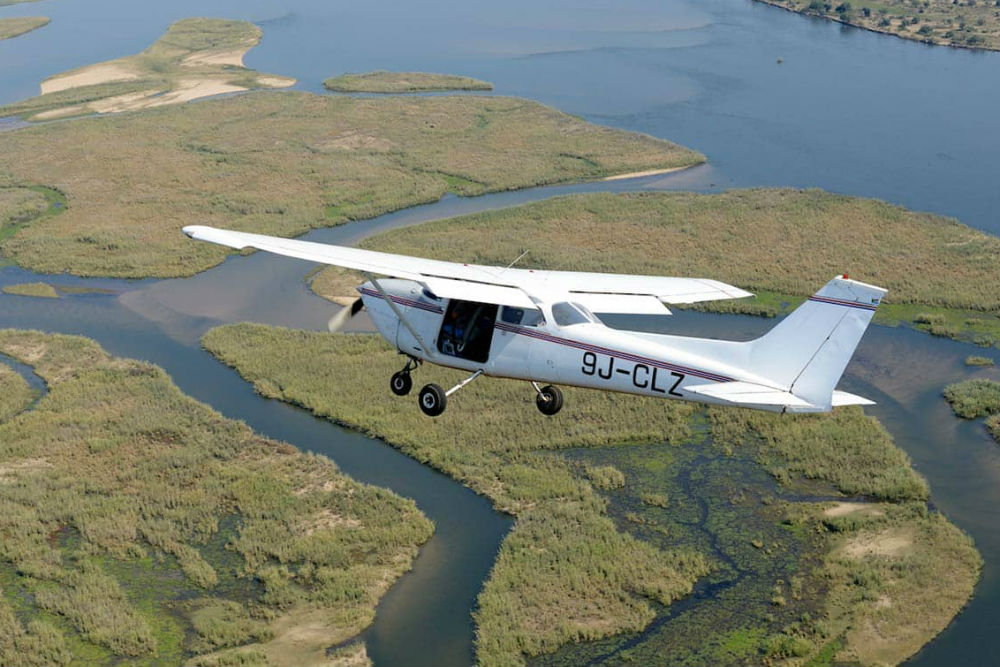
Don’t buy your visa in advance: It takes just moments on arrival.
You need to pay local departure taxes for most internal private charter flights (except Proflight, which includes the fee); this is easily paid at the well-marked counters in all airports.
Weigh your bags: You will be fined on internal flights if you are over the limits. If you have a private charter, find out how many seats are in the plane you chartered. Luggage limits can be severe, and you may want to get a five-seater rather than a four-seater if you have a lot of heavy camera gear or big bags.
Bring your yellow fever certificate! You won’t be permitted to enter the country without it.
Use the airport ATM to withdraw local currency (kwacha), which is greatly appreciated when tipping.

